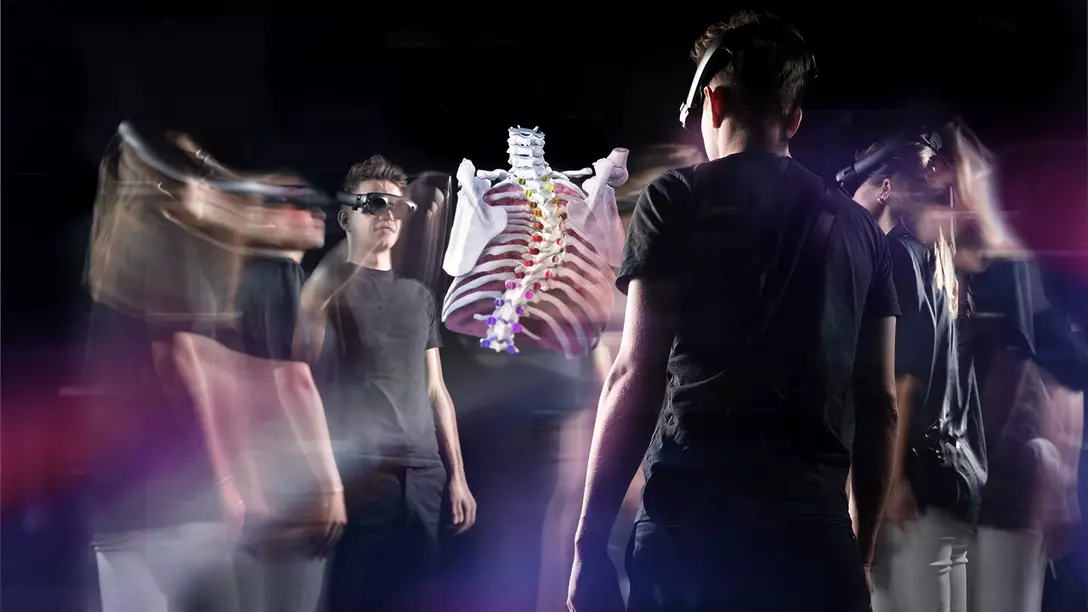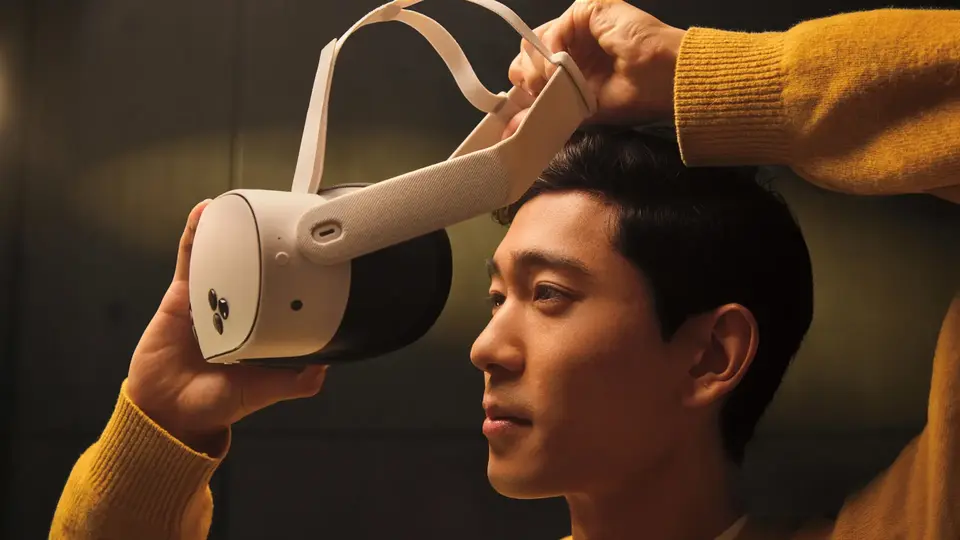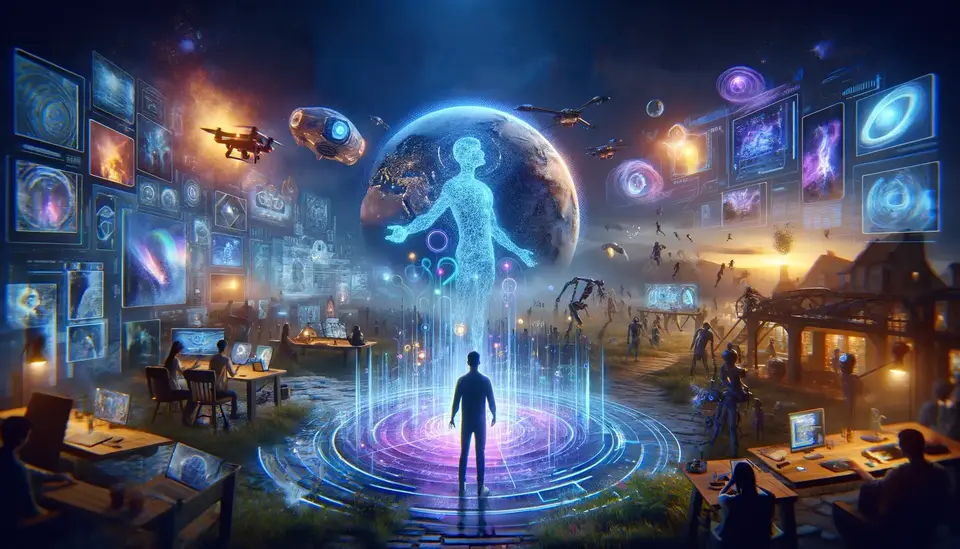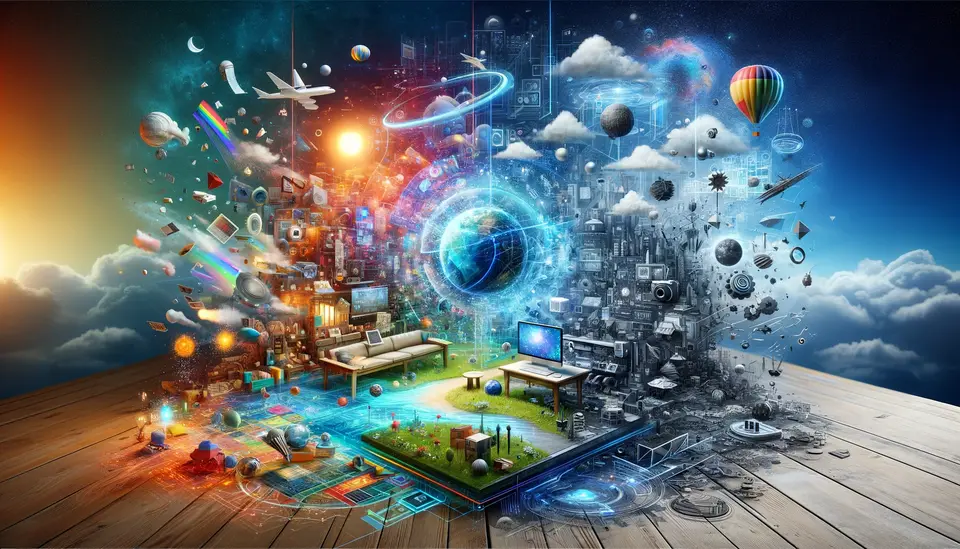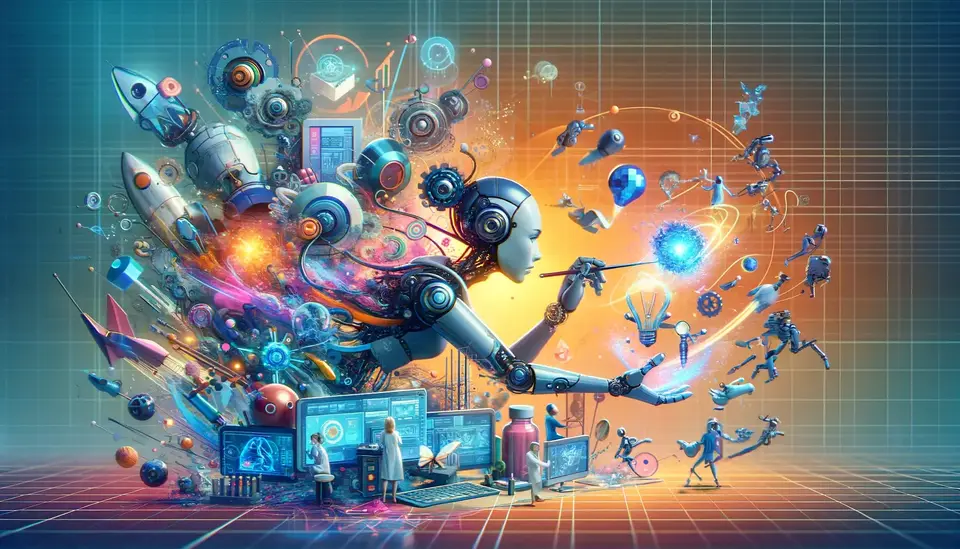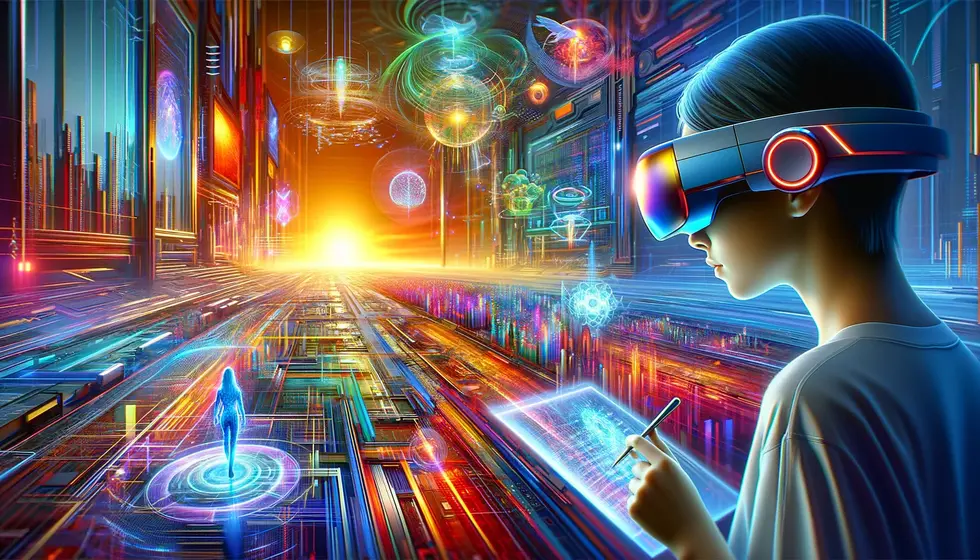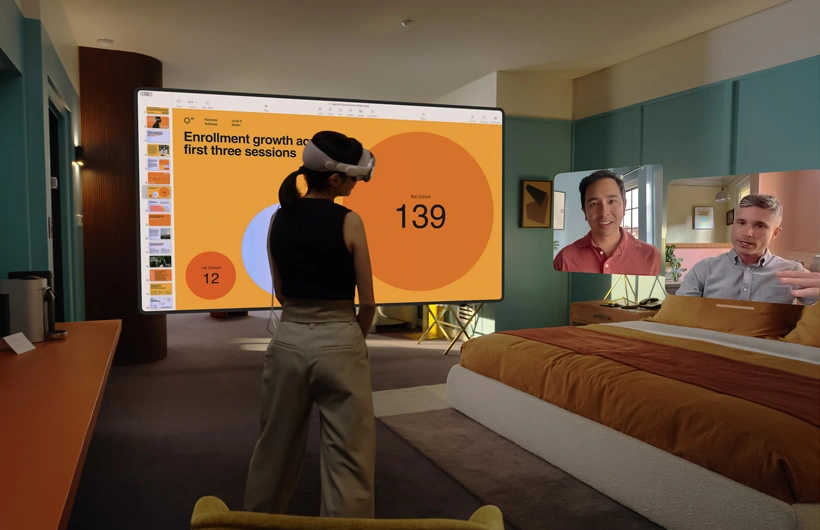15 Examples of the Use of Mixed Reality in Healthcare
Posted on April 16, 2023 4 minutes 771 words
Table of contents
- 1. Medical Education and Training - HoloLens and CAE Healthcare
- 2. Surgical Planning and Navigation - EchoPixel True 3D
- 3. Physical Therapy and Rehabilitation - MindMaze and Magic Leap
- 4. Remote Consultations and Telemedicine - Proximie
- 5. Mental Health and Therapy - Limbix and Psious
- 6. Pain Management and Distraction - AppliedVR
- 7. Prosthetics and Assistive Technology - LimbForge and UNYQ
- 8. Anatomical Visualization and Holography - HoloAnatomy and 3D4Medical
- 9. Clinical Skills Assessment - Osso VR
- 10. Medical Imaging and Radiology - TeraRecon and Siemens Healthineers
- 11. Patient Education and Communication - Health Scholars and SimforHealth
- 12. Emergency and Disaster Response - Microsoft HoloLens and RemoteSpark
- 13. Medical Research and Data Visualization - Nanome and Confocal.nl
- 14. Accessibility and Inclusive Design - GiveVision and IrisVision
- 15. Future of Mixed Reality in Healthcare - ProjectDR and Virtualitics
- Conclusion
Mixed reality (MR) is an innovative technology that combines elements of augmented reality (AR) and virtual reality (VR) to create immersive and interactive experiences. In recent years, MR has made significant inroads in the healthcare sector, revolutionizing various aspects of patient care, medical education, and research. This blog post explores 15 real-world examples of how mixed reality is transforming healthcare today.
1. Medical Education and Training - HoloLens and CAE Healthcare
Microsoft’s HoloLens has partnered with CAE Healthcare to create holographic training tools for medical professionals. These tools help students and professionals visualize complex anatomical structures and practice procedures in a safe, immersive environment.
2. Surgical Planning and Navigation - EchoPixel True 3D
EchoPixel’s True 3D software uses mixed reality to help surgeons visualize and plan surgeries more effectively. The technology creates a virtual 3D model of the patient’s anatomy, enabling surgeons to interact with the model and plan procedures with greater precision.
3. Physical Therapy and Rehabilitation - MindMaze and Magic Leap
MindMaze is a neurorehabilitation company that uses mixed reality and Magic Leap technology to create engaging therapy programs for patients recovering from stroke or brain injuries. The immersive experiences promote neuroplasticity and improve patient outcomes.
4. Remote Consultations and Telemedicine - Proximie
Proximie is a telemedicine platform that uses mixed reality to enable remote consultations and collaboration between healthcare professionals. Using a combination of AR and live video, doctors can guide and assist colleagues in real-time, breaking down geographical barriers.
5. Mental Health and Therapy - Limbix and Psious
Limbix and Psious use mixed reality to treat mental health conditions like PTSD, anxiety, and phobias. The immersive experiences allow patients to confront and overcome their fears in a controlled environment, with the guidance of a therapist.
6. Pain Management and Distraction - AppliedVR
AppliedVR utilizes mixed reality to manage pain and distract patients during medical procedures. The immersive experiences reduce anxiety and discomfort, decreasing the need for medication and enhancing patient comfort.
7. Prosthetics and Assistive Technology - LimbForge and UNYQ
Companies like LimbForge and UNYQ use mixed reality to design, customize, and fit prosthetics and assistive devices. The technology allows for more personalized and accurate fitting, improving the patient’s experience and overall mobility.
8. Anatomical Visualization and Holography - HoloAnatomy and 3D4Medical
HoloAnatomy and 3D4Medical use mixed reality to create 3D holograms of anatomical structures, enhancing understanding and communication between healthcare professionals during diagnosis and treatment planning.
9. Clinical Skills Assessment - Osso VR
Osso VR uses mixed reality to objectively assess and evaluate clinical skills, providing valuable feedback for trainees and professionals alike. The platform simulates realistic scenarios and tracks user performance, ensuring competence and readiness for real-world situations.
10. Medical Imaging and Radiology - TeraRecon and Siemens Healthineers
TeraRecon and Siemens Healthineers use mixed reality to help radiologists and other medical professionals interact with and analyze medical imaging data more intuitively and efficiently, improving diagnostic accuracy.
11. Patient Education and Communication - Health Scholars and SimforHealth
Health Scholars and SimforHealth use mixed reality to educate patients about their conditions and treatment options, fostering better understanding and adherence to treatment plans.
12. Emergency and Disaster Response - Microsoft HoloLens and RemoteSpark
Microsoft HoloLens and RemoteSpark are used in emergency and disaster response scenarios, providing real-time information and guidance to first responders and medical professionals, improving decision-making and saving lives.
13. Medical Research and Data Visualization - Nanome and Confocal.nl
Nanome and Confocal.nl use mixed reality to advance medical research by enabling scientists to visualize and interact with complex data sets and simulations. This technology allows researchers to gain new insights and accelerate scientific discovery.
14. Accessibility and Inclusive Design - GiveVision and IrisVision
GiveVision and IrisVision use mixed reality to create accessible healthcare environments and experiences for people with visual impairments. These solutions allow users to regain independence and enjoy a better quality of life.
15. Future of Mixed Reality in Healthcare - ProjectDR and Virtualitics
ProjectDR is a research initiative exploring the integration of mixed reality with real-time medical imaging, while Virtualitics focuses on developing AI-driven data analysis tools in mixed reality environments. Both projects highlight the immense potential of MR technology to further revolutionize healthcare.
Conclusion
Mixed reality is transforming healthcare in numerous ways, benefiting patients, healthcare professionals, and the healthcare system as a whole. With advancements in technology, integration with AI and IoT, and the development of new applications, mixed reality will continue to reshape the landscape of healthcare. Keep an eye on this rapidly evolving field as it continues to break new ground and improve patient care, medical education, and research.

